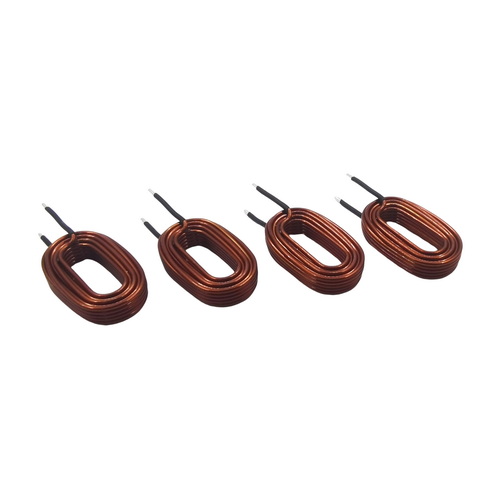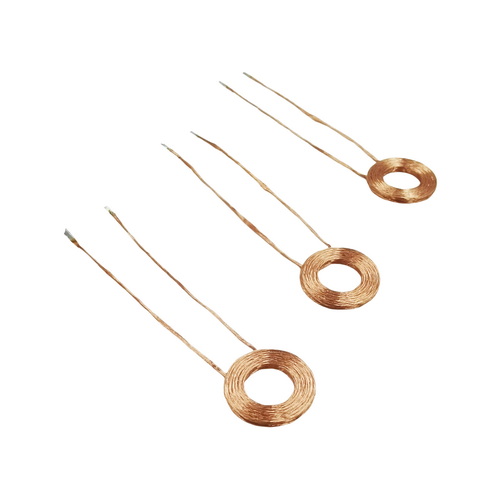Hollow core inductor coil is a common component in the field of electronics, with unique characteristics and wide applications. This article will delve into the characteristics of hollow core inductor coils to help readers better understand their importance and potential applications in different fields.
Characteristics of Hollow Inductance Coil
Basic Structure of Hollow Inductance Coil
Hollow inductor coil is composed of wires wound around a hollow magnetic core, and its structure differs from ordinary coils in that its interior is empty. This structure endows hollow inductor coils with some unique characteristics. Firstly, the hollow core inductor coil is relatively lightweight, making it easy to install and carry. Secondly, due to the space inside the coil, its self inductance value is relatively low, which is very useful in certain applications.

Adjust performance
Hollow core inductor coils have good regulation performance. By changing the winding density or core material of the coil, its inductance value can be adjusted. This makes it widely applicable in various electronic circuits for precise control of current and voltage. This feature is particularly important in applications such as power supplies, filters, and tuners.
Low energy consumption and high efficiency
Due to its low self inductance and excellent regulation performance, hollow core inductor coils typically exhibit low energy consumption and high efficiency. They can reduce energy loss in circuits, helping to improve the performance and energy efficiency of electronic devices. This feature is increasingly valued in modern electronic device design, as energy conservation and environmental protection have become the main trends in the industry.
Anti-interference ability
Another important feature of a hollow core inductor coil is its anti-interference ability. Due to their construction and working principle, they can effectively resist external electromagnetic interference, making them suitable for wireless communication, RF circuits, and electromagnetic compatibility
It has a wide range of applications. This feature helps to improve the stability and reliability of the system.
Application of Hollow Inductance Coil
Power supply unit
Hollow core inductor coils are commonly used in power supplies to stabilize current and voltage. They can effectively filter out noise and fluctuations in the power supply, provide stable power output, and protect sensitive electronic devices from voltage surges and interference.

RF circuit
In RF circuits, hollow core inductor coils are widely used for frequency tuning and signal filtering. Their tuning performance makes them suitable for applications in different frequency ranges, such as broadcasting, communication, and radar systems.
electromagnetic compatibility
In electromagnetic compatibility testing, hollow core inductor coils are used to evaluate the electromagnetic radiation and anti-interference performance of electronic devices. They can simulate electromagnetic fields under actual working conditions, helping designers ensure that equipment meets international standards.
Emerging application areas
With the continuous development of technology, hollow inductor coils also have great potential in emerging application fields. For example, in electric vehicles and renewable energy systems, they can be used for the transmission and conversion of electrical energy, improving the efficiency and sustainability of the system.
Hollow core inductor coils play an important role in the field of electronics due to their unique characteristics such as regulation performance, low energy consumption, and anti-interference ability. They have a wide range of applications, covering multiple fields such as power supplies, RF circuits, electromagnetic compatibility testing, etc. With the continuous advancement of technology, hollow inductor coils will continue to play a key role in emerging application fields, promoting the development and innovation of electronic technology.